Filter by
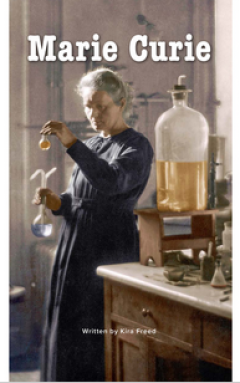
Marie Curie
The work of Marie Curie revolutionized scientific understanding of the nature of atoms and opened up new frontiers in medicine. Marie Curie is a detailed account of this remarkable woman's legacy in the face of discrimination and struggle. The book can be used to teach students the elements of a biography.
- Edition
- ed. I
- Series Title
- LEVELLED BOOK . Y
- Call Number
- KIR m

Refugees
Like all people, refugees want to live where they can feel safe. Refugees informs readers about the many reasons people are forced to flee their homes to seek safety as well as the challenges and hardships faced along the way. This book can also be used to teach students how to determine cause-and-effect relationships and recognize and use correct subject-verb agreement.
- Edition
- ed. I
- Series Title
- LEVELLED BOOK . Y
- Call Number
- KIR r
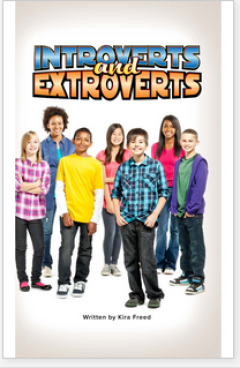
Introverts and Extroverts
Are you an introvert or an extrovert? You may be an ambivert! Understanding how we interact with others, process information, and feel energized can be important information for leading a satisfying life. Introverts and Extroverts provides students with important information about the strengths and challenges of being an introvert and being an extrovert. The book can also be used to teach stude…
- Edition
- ed. I
- Series Title
- LEVELLED BOOK . Z
- Call Number
- 155.25 KIR i
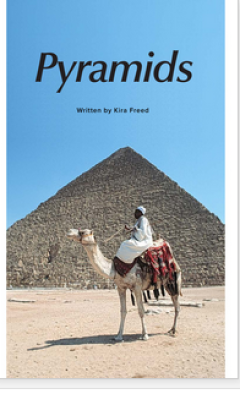
Pyramids
Pyramids explains why, how, and by whom the Egyptian pyramids were built. It also explains how bodies were prepared for burial inside the pyramids. The book discusses the importance of studying the pyramids as a way of learning about ancient Egyptians and their culture. Pyramids built by other cultures, such as the Aztecs and the Mayans, are also discussed. Illustrations and photographs enhance…
- Edition
- ed. I
- Series Title
- LEVELLED BOOK . Z
- Call Number
- 916.2 KIR p
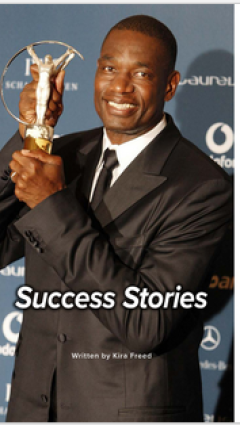
Success Stories
Success Stories is a collection of biographies of three famous people who immigrated to the United States: Albert Einstein, Gloria Estefan, and Dikembe Mutombo. The book explores the reasons they relocated and the contributions they have made in the areas of science, music, and sports.
- Edition
- ed. I
- Series Title
- LEVELLED BOOK . Z
- Call Number
- 650.1 KIR s
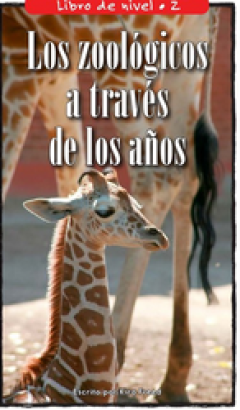
Zoos Through the Ages
The idea of people keeping wild animals in captivity has been around for centuries. However, the reason for doing so has shifted over time. Read this fascinating account of how zoos began in ancient times, how they have changed over time, and how modern zoos are working diligently to save endangered species.
- Edition
- ed. I
- Series Title
- LEVELLED BOOK . Z
- Call Number
- KIR z
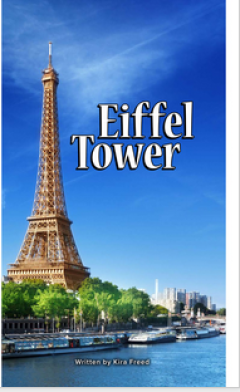
Eiffel Tower
Gustave Eiffel's iconic tower has overlooked Paris since the 1880s when it was opened to the public during the World's Fair. This interesting text explains how the structure was designed and built as well as what visitors can see today.
- Edition
- ed. I
- Series Title
- LEVELLED BOOK . Z1
- Call Number
- KIR e
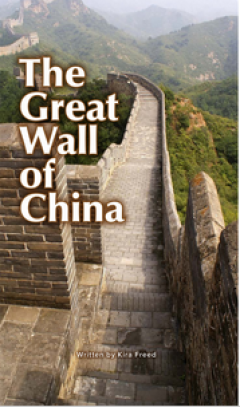
The Great Wall of China
For thousands of years, Chinese emperors built the Great Wall by adding more and more sections, making it a fascinating look into the country's long history. Readers will learn about why this wonder was built as well as the different types of construction used.
- Edition
- ed. I
- Series Title
- LEVELLED BOOK . Z1
- Call Number
- 910.231 KIR t
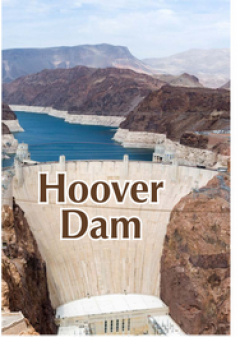
Hoover Dam
Hoover Dam stands as one of the greatest engineering feats in the United States. It helped transform the American Southwest, allowing water from the Colorado River to be used throughout the desert landscape. Students will enjoy learning about how the dam was built and how it operates.
- Edition
- ed. I
- Series Title
- LEVELLED BOOK . Z1
- Call Number
- 627.8 KIR h
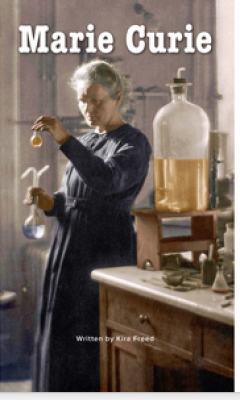
Marie Curie
The work of Marie Curie revolutionized scientific understanding of the nature of atoms and opened up new frontiers in medicine. Marie Curie is a detailed account of this remarkable woman's legacy in the face of discrimination and struggle. The book can be used to teach students the elements of a biography.
- Edition
- ed. I
- Series Title
- LEVELLED BOOK . Z1
- Call Number
- 927 KIR m
 Computer Science, Information & General Works
Computer Science, Information & General Works 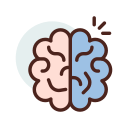 Philosophy & Psychology
Philosophy & Psychology  Religion
Religion 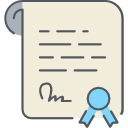 Social Sciences
Social Sciences  Language
Language  Pure Science
Pure Science 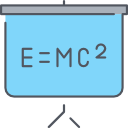 Applied Sciences
Applied Sciences 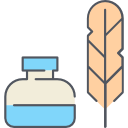 Art & Recreation
Art & Recreation 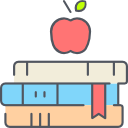 Literature
Literature  History & Geography
History & Geography